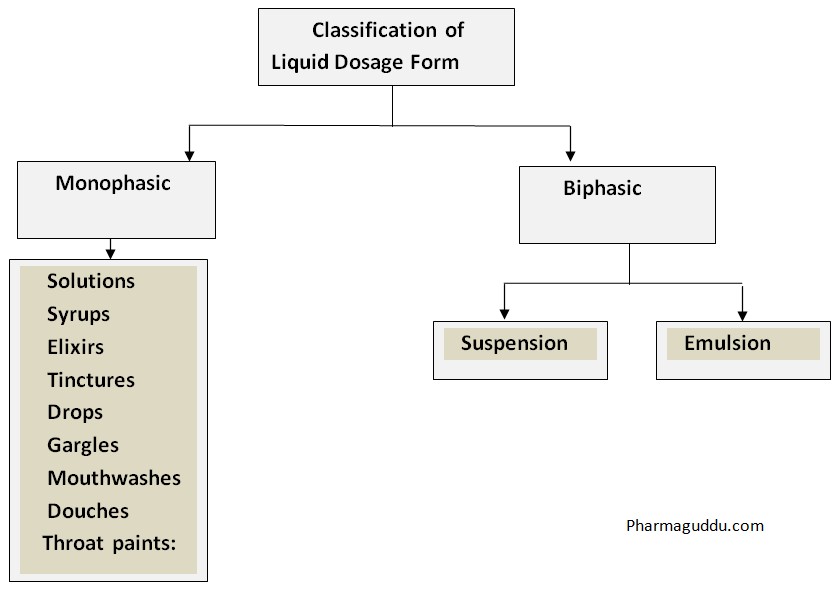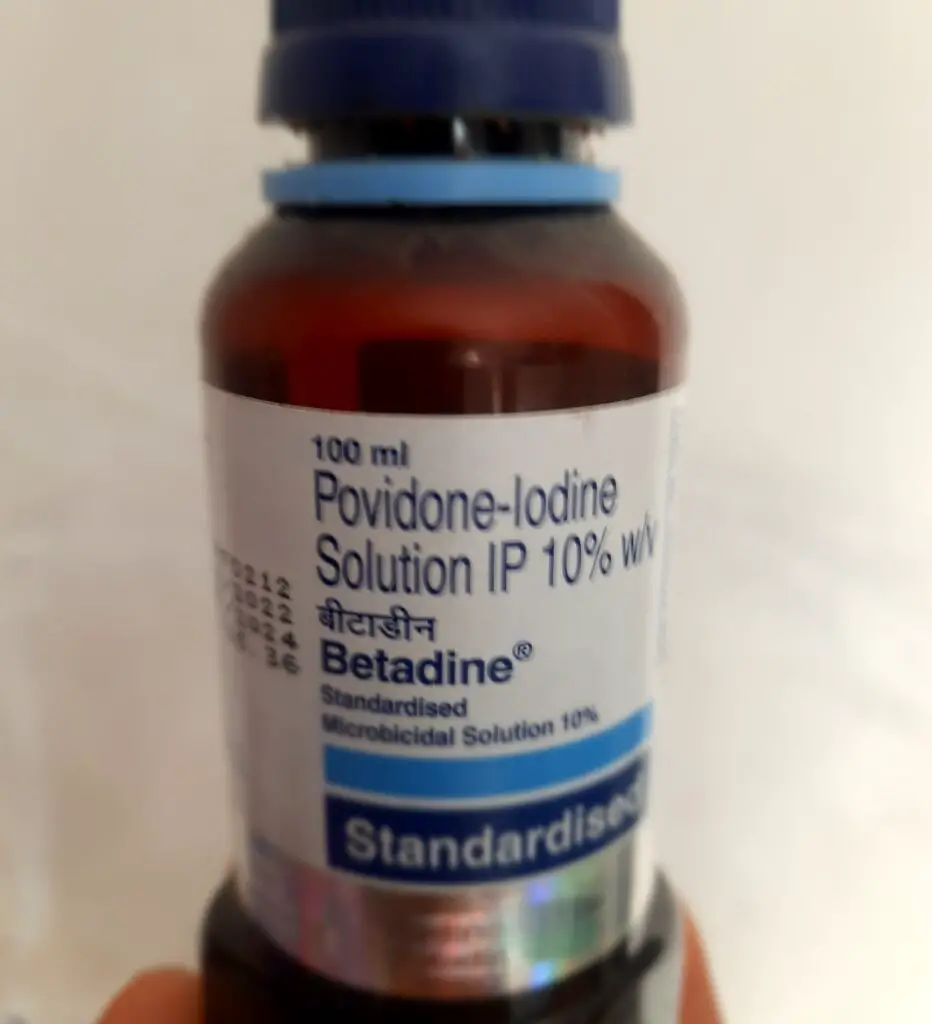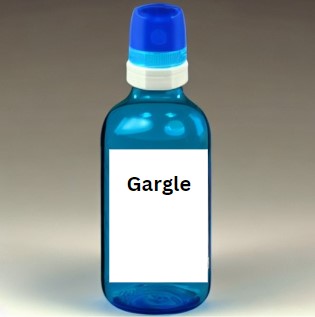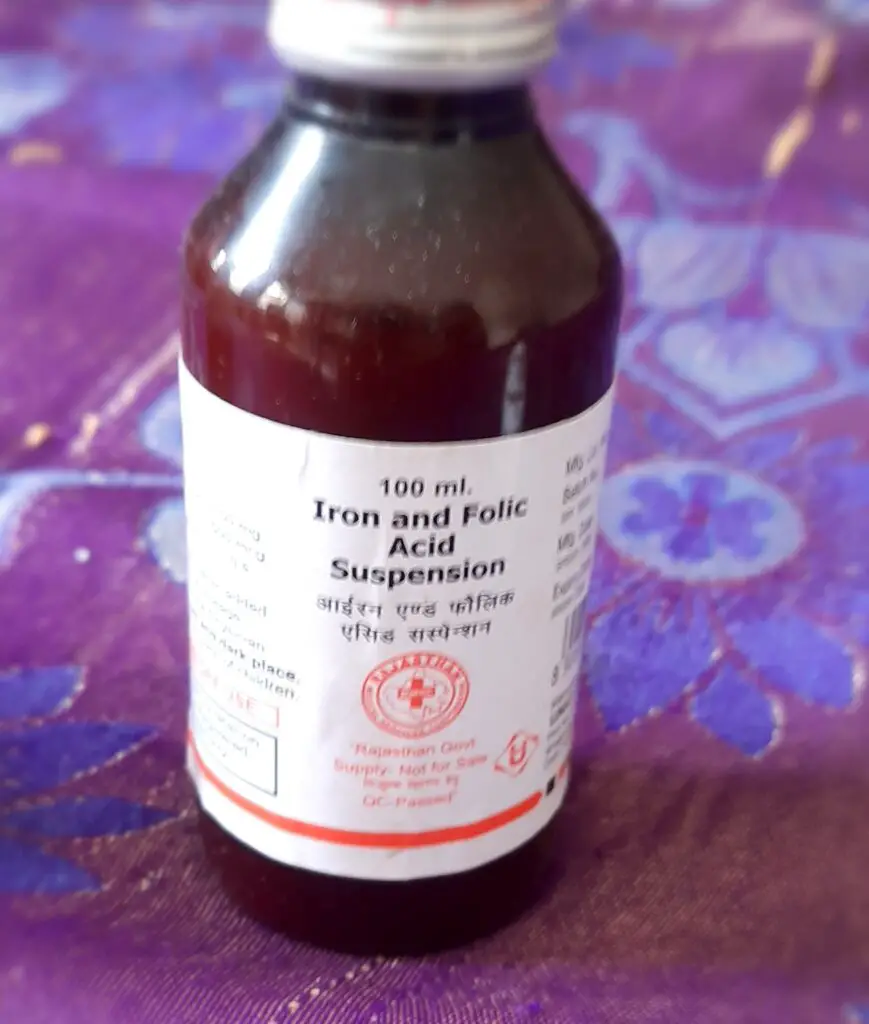The liquid dosage form is designed to provide the maximum therapeutic response for those who have difficulty swallowing tablets and capsules and produce rapid therapeutic effects. The liquid is a solution with liquid preparation that contains one or more soluble chemical substances dissolved in a specific solvent.
Types of Liquid Dosage Form:
Liquid dosage form types are further classified into Monophasic and Biphasic:

Monophasic Dosage form With Examples:
Monophasic liquid dosage forms can come in different forms. Some are simple mixtures called true solutions. These solutions are clear and smooth, made by dissolving a solid, liquid, or gas in another liquid. There are liquid medicines meant for inside your body, like syrups, mixtures, elixirs, and linctuses. And there are ones meant for outside your body, like gargles, mouthwashes, lotions, liniments, eye drops, ear drops, nasal drops, douches, and throat sprays.
Solutions: Solutions are the homogenous mixtures of one or more active ingredients dissolved in a liquid solvent, like in water. Examples of solutions like; Syrup and elixirs.

Syrups: Syrups are also a liquid dosage form with concentrated solutions that contain sugar or other excipients to enhance taste and palatability. These types of dosage forms are generally used for children and old-age-conscious persons. For example Benadryl syrup.
Elixirs: Elixirs are clear, sweetened hydroalcoholic solutions. They usually contain alcohol and are used to solubilize lipophilic (fat-soluble) active ingredients. Examples like; Some Antihistamine drugs that are manufactured as elixirs.

Tinctures: Tinctures are alcoholic or hydroalcoholic solutions that contain active herbal ingredients. They are commonly used in traditional and herbal medicine.

Drops: These are liquid formulations that are dispensed in small droplet form. They are often used for medications that require precise dosing, especially for infants or young children. Examples include Eye drops, nasal drops, and ear drops.

Gargles: Gargles are liquid medicines used to treat throat infections. They are meant to be used externally by diluting them with warm water. Gargles are held in the mouth for a short time before being spat out. They contain small amounts of phenol, which has antibacterial properties, and sometimes potassium chlorate for its mild astringent effects. Physicians often recommend phenol gargles and potassium gargles for mild throat infections.

Mouthwashes: Mouthwashes are liquid solutions with pleasant tastes and odors that are used to clean and freshen the mouth. They are commonly used for dental hygiene, but certain mouthwashes with antibacterial properties can also help treat gum infections. Mouthwash formulations typically include antibacterial agents, sweeteners, flavorings, alcohol, glycerin, and coloring agents.
Douches: Douches are liquid medications intended for use in body cavities. While the term “douche” usually refers to vaginal solutions, they can also be used to irrigate other body cavities like the eyes, ears, and nasal passages. Douches are primarily used to remove foreign particles from the body. In addition to cleansing properties, some douches have antiseptic and astringent properties. They are usually diluted with warm water before use.
Throat paints: Throat paints are thick liquid formulations used to treat mouth and throat infections. They typically contain glycerin as a base, which clings to the mucous membrane for a longer duration. Glycerin also provides a sweet taste to the throat paint. Common types of throat paints include boro glycerin, phenol glycerin, and tannic acid glycerin.
Biphasic Dosage form with Example:
Emulsions: Emulsions are mixtures of two immiscible liquids, such as O/W, or W/O. It contains stabilizers with an emulsifying agent.
Suspensions: These are heterogeneous mixtures where solid particles of the active ingredients are dispersed in a liquid medium. Suspensions require well shaking before administration to ensure an even distribution of the drug particles. For example, antacids that are being used for the stomach.

Excipients used in formulation of Liquid dosage forms:
Excipients play an important role in the formulation of Liquid dosage forms. Liquid formulation needs a meticulous blend of ingredients to perform various functions like wetting and solubilization, stabilization, and imparting suitable color, taste, and viscosity.
List of Excipients with Examples:
Below is the List of Excipients used in Liquid dosage forms with Examples:
A) Vehicles:
In pharmaceuticals, vehicles are the liquid bases that carry drugs and other excipients in a dissolved or dispersion medium.
1) Aqous Vehicles: Aqous Vehicles like; Water, Hydro-alcoholic, Polyhydric alcohols, and buffers. These may be thin and thick liquid syrup, mucilagis, or hydro-colloidal bases.
i) Water: It is the most useful solvent in the pharmaceuticals. it should be clear, odorless, and neutral with a slight deviation in pH. Purified water USP is allowed for usage as a vehicle for reducing impurities. Purified water is prepared by distillation, ion exchange, and Reverse osmosis.
ii) Alcohol (Ethyl Alcohol): Alcohol is the most useful solvent in pharmaceuticals. it is used as a hydro-alcoholic mixture that dissolved both water (USP) and alcohol (USP) in soluble form.
iii) Glycerol: It is an excellent solvent for numerous substances such as iodine, bromine, etc. It is a good vehicle for applying these substances to the skin. It is a clear, colorless liquid with thick syrup consistency, oily to the touch, odorless, very sweet, and slightly worn to taste.
It is also used to improve viscosity, taste, and flavor and also used as a co-solvent to increase the solubility of drugs that are low solubility with water.
iv) Propyl Glycol: Propyl glycol is another solvent for many organic compounds. it can be used as a flavoring and dye in cosmetics, toothpaste, shampoo, and mouthwash.
2) Oily Vehicles: Vegetable oils, mineral oils, organic oily bases, or emulsified bases.
B) Solublizer:
These excipients help dissolve the active pharmaceutical ingredient (API) in the liquid formulation.
1) Wetting agents and Surfactants: Wetting agents and Surfactants are used to create a homogenous dispersion of solid particles in liquid vehicles.
Example: Aquos vehicles like; Alcohol, and glycerin are frequently used to facilitate the removal of adsorbed air from the surface of the particles.
Non-Aqous like; mineral oil is commonly used as a wetting agent.
Typically hydrophobic API particles are not easily wetted even after the removal of adsorbed air. Hence it is necessary to remove the interfacial tension between the particles and the liquid vehicle by using surface active agents (Surfactant). eg. Sodium lauryl sulphate.
2) pH modifier and Buffering agents: The pH of an oral liquid formulation is a key point in regard to the pH control of a formulation. therefore, most of the formulations utilize a buffer to control potential changes in the solution pH.
Excipients like; citric acid, sodium citrate, or hydrochloric acid are used to adjust pH levels.
3) Suspending agents and Viscosity modifying agents: One of the most crucial factors involving in formulating a pharmaceutical suspension is the selection of appropriate suspending agents. Suspending agents impart viscosity and thus prevent particle sedimentation. For Examples: hydroxyethyl cellulose, xanthan gum, methylcellulose, and sodium carboxymethylcellulose.
4) Preservatives: They prevent the growth of microorganisms during product manufacture and self-life, although it may be most desirable to develop a “preservative-free” formulation to address the increasing concern about the biological activity of these compounds.
OR, It is a substance that is used for keeping food, drug chemical, and cosmetics in good condition for a long duration. for Examples: benzalkonium chloride, Benzoate, methylparaben, propylparaben, and chlorhexidine.
C) Stabilizers:
1) Anti-oxidants: Antioxidants are compounds that can reduce a drug that has been oxidized or compounds that are more readily oxidized than the agents they are to protect (Oxygen and scavengers). For Examples: Acetone, Ascorbic acid, Cysteine, Sodium thiosulphate, etc.
D) Organoleptic Addidives:
1) Flavouring agents: Flavouring agents are used to improve the taste of the drug product either by providing a more pleasant taste or by masking the unpleasant test.
Examples: Glycerin, Mint, Fruits, Honey, cherry, orange, and strawberry. etc.
2) Sweeting agents: Sweeting agents are the materials that are used to impart sweetness to the formulation and are referred to as sweetening agents.
Examples: Sucrose, Saccharin sodium, sorbitol, Glycerin, dextrose, etc.
3) Coloring agents: Coloring agents are added to liquid dosage forms to provide an appealing appearance or to aid in product identification., particularly in poisonous materials.
Examples: Carotenoids, anthocyanins, Chlorophyll, TiO2, natural pigments, etc.
Advantages of Liquid Dosage Form:
- Easier to swallow and therefore easier for children and old age unconscious people.
- These types of dosage forms may be designed for any type of route of administration.
- It is more effective as compared to tablets and capsules because its absorption is fast.
- It is Homogeneous and therefore gives a uniform dose than suspension or emulsion which need to be shaken well before use.
- Flexible dosing.
Disadvantages of Liquid Dosage Forms:
- They are bulky, therefore it is difficult to transport and store.
- Some dosage form comes with unpleasant test and odour so that is difficult to mask.
- Less stable than solid dosage form because a color may change if not stored properly.
- Some drugs may be chances of poor solubility.
- An accurate measuring device like a spoon is needed to take liquid solution.
FAQs on Liquid Dosage Forms
A: Liquid dosage forms are medications in liquid form that are used for various purposes such as treating infections or maintaining oral hygiene.
A: Gargles are liquid medications specifically designed to treat throat infections. They are diluted with warm water and held in the mouth for a few seconds before being expelled. Gargles contain ingredients like phenol and potassium chlorate that help combat bacteria and provide a mild astringent effect.
A: Mouthwashes are liquid solutions used to clean and refresh the oral cavity. They are commonly employed for dental hygiene and can also be used to address gum infections. Mouthwashes typically consist of antibacterial agents, sweeteners, flavorings, alcohol, glycerin, and coloring agents.
A: Douches are liquid medications intended for instillation into body cavities. While they are commonly associated with vaginal solutions, douches can also be used to irrigate other cavities like the eyes, ears, and nasal passages. They serve the purpose of removing foreign particles and may possess antiseptic and astringent properties.
A: Throat paints are thick liquid formulations used to treat mouth and throat infections. They contain glycerin as a base in the solution, which helps the medication adhere to the mucous membrane for a longer duration. Throat paints often have a sweet taste due to the presence of glycerin in them including boro glycerin, phenol glycerin, and tannic acid glycerin.
A: Liquid dosage forms can be safe when used as directed by a medical professional. Consult your doctor before taking it, or read the instructions on the label.
A: Like any medication, liquid dosage forms can have potential side effects. The specific side effects can vary depending on the formulation and individual reactions. Consult your doctor before taking it, or read the instructions on the package insert for information on potential side effects.
A: The use of liquid dosage forms in children should be determined by a healthcare professional. They can provide appropriate guidance on dosage and usage based on the child’s age, weight, and specific medical condition.
A: Precautions may vary depending on the specific liquid dosage form. It is important to carefully read the instructions provided by the healthcare professional or the medication’s packaging. This includes information on dosage, dilution, storage, and any necessary precautions for safe and effective usage.

